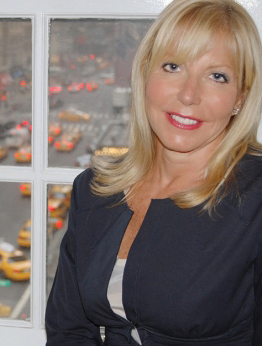I remember how I felt when I was practicing medicine in Westchester County in the mid-1980s and a patient would tell me that if he needed really important medical care or surgery, he would go into Manhattan.
It was like a stab to my heart. I was as good a doctor as any in Manhattan. Indeed, many of my friends from our training years in New York City had settled around the country, where I was sure they were practicing top-notch medicine, too.
I knew all this in my heart but did not say anything for fear of being perceived as an egomaniac competing for patients with the Manhattanites.
Since I am a product of New York City education and medical training, however, we have to give credit where credit is due. The first medical school in the country was started in New York City in the 1700s, and there are seven medical schools in New York today (including New York Medical College in Valhalla). As a direct result, there’s also an overwhelming number of specialists, experts and professors in the Big Apple, and few places as technologically advanced and cutting-edge.
But life is strange and my career in medicine has taken me from trauma to critical care, from internal medicine to anti-aging and hormones and it all pretty much happened geographically in Westchester. That is until one day about 12 years ago when I became a Manhattan doctor.
It was not me succumbing to Manhattan’s cachet. No, it occurred simply because a nutritionist friend of mine invited me to share his office on Central Park West and 74th Street. At that point in my life, it made sense for me to start my anti-aging practice there.
I had stopped practicing internal medicine for two years and was already demonstrating how to stay young and healthy with the anti-aging protocols I had developed and treatments I wrote about in books and disseminated through the media.
With this new direction in my professional life, I was no longer examining patients or going to hospitals. The offer to go to Manhattan seemed a great opportunity to reinvent my practice, since my focus had drifted so faraway from conventional internal medicine and Manhattan proved a fertile ground for me.
I went back to my medical school, became involved with the alumni association and quickly fell into the New York doctor groove.
What I didn’t expect was how different the patients I started to see would be. They were movie stars, financial magnates, Nobel Prize winners and others as well.
Initially, I found myself impressed by them. I got to tend to people like the rock star I had a crush on as a teen, the TV star whose series I watched religiously and the Broadway actors I applauded as they received Tonys. I made house calls to patients who had Andy Warhol originals of themselves in their apartments.
Suddenly, I was taking care of the rich and the famous. I still do that every day as I commute to Manhattan from my Westchester home.
But as the decades roll together, I have learned that the people I care for are all made of flesh and blood. They have their troubles and their fears. They are human like everybody else.
In fact, I’ve learned that sometimes being famous is a detriment to getting good care. All too often people who have unlimited means can afford to go doctor- and treatment-shopping. Sometimes, they won’t stop until they find the one who won’t say “no” to an unreasonable request. I myself have lost a couple of famous patients, because I said “no” to them, and they did not realize or understand I was just doing my job – trying to protect them from themselves. They just wanted their way and moved on to the next “best doctor.”
New York City may be a mecca of medical care in the eyes of many, but it is only if you get the care you need. For now, I’ll continue being a Manhattan doctor, knowing that wherever I go, it is my knowledge and my concern for the patient that makes me a good doctor, not my office address.
For more information, email Dr. Erika at Erika@drerika.com.

